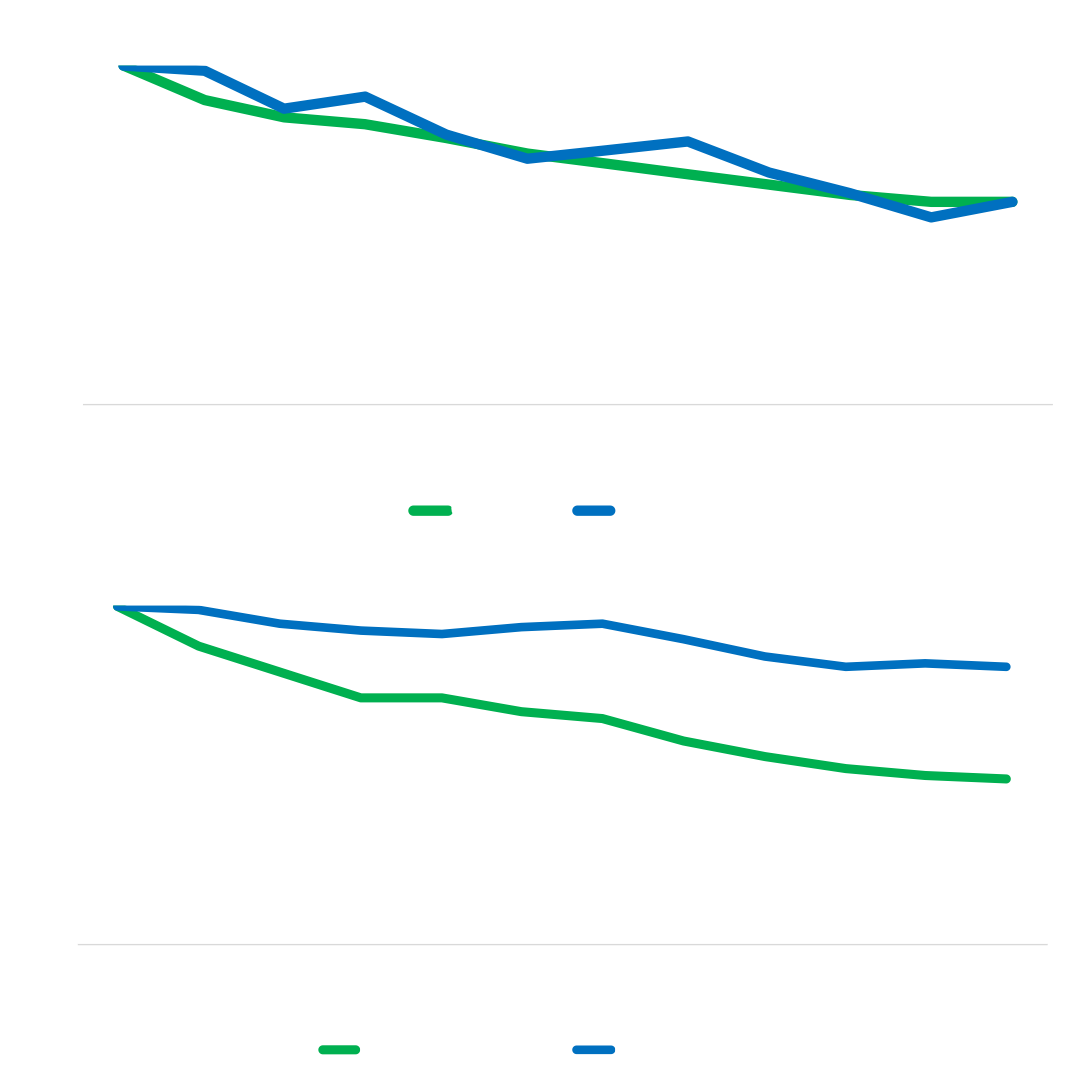Compensating on Longevity
What do we need to know in order to start compensating on account longevity? We need to understand the baselines already at work in our business and build compensation plans around surpassing these baselines. How long do our customers stay customers?
Account Churn Baselines
Most B2B organizations don't measure churn, at least within the cohort based framework that B2C organizations utilize. Many B2B organizations don't even have a mature concept of churn and tend to simply count lost or downsized renewals. In order to compensate on favorable account retention, we need to define what favorable means. This means creating a churn rate baseline.
Creating a Baseline
Although most B2B organizations will count anywhere between several dozen and several thousand accounts, we still can and must develop cohort churn curves. A customer cohort is just a group of customers who first engaged with your business at the same time.
But within B2B, our customer base is much less commoditized - we might be serving dramatically different stakeholders, industries, and use cases. This means that in addition to a smaller base of customers, we also have the challenge of comparing apples to oranges. For example, for a data platform, a large team of machine learning engineers at a big Pharma company will have different expected usage and engagement than a small team of analysts at Fin-tech startup.
Start Simple
Start with a single composite value churn curve. This is all of your customer history combined into a single curve. For a given sales rep, beating the value churn curve over the 1 year time horizon would yield a bonus.

If there aren't enough accounts to build out a churn curve per each customer and user type, default to the composite churn curve (example below). Sales people would be awarded bonuses at key intervals, specifically on value retention. If a given sales rep is ahead of the benchmark value retention at the end of the 4th quarter, he or she is awarded bonus compensation on the incremental retention.
As the customer base grows and the detailed metadata on the various use cases and industries expands, apply this same approach but at the segment level. Instead of a generic churn curve, you will be compensating sales reps at the industry or use case level -- the below example is for Pharma, and all acquisitions in the Pharma industry should be benchmarked against this curve (below).




